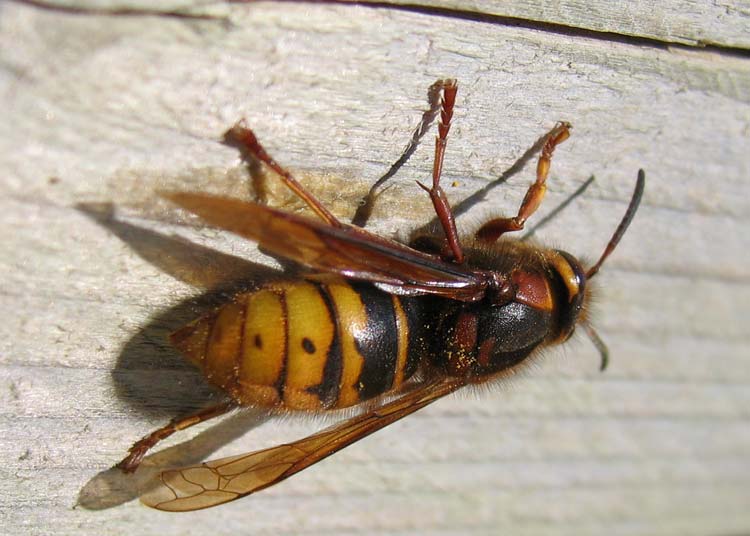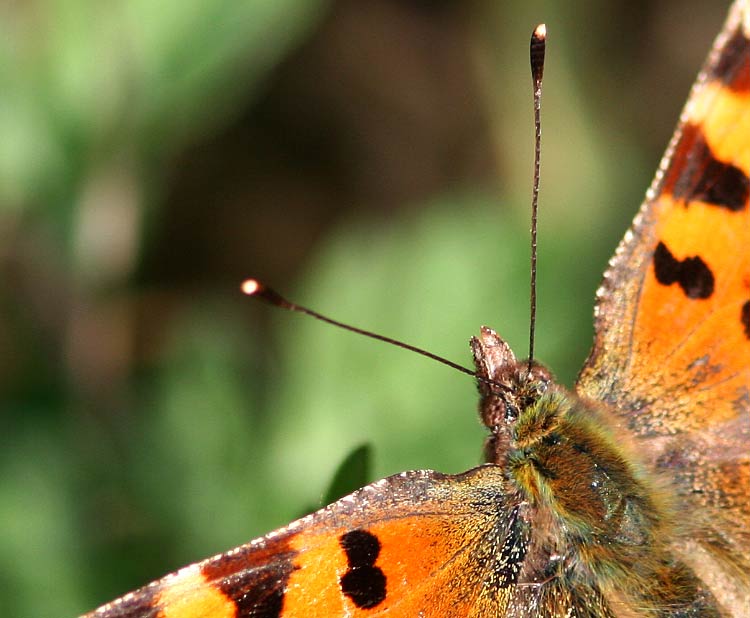I spent an inordinate amount of time today chasing waders around, like a headless Turnstone. I checked out Maxey early this morning and there were seven Bar-tailed Godwits there. Next I found five Barwits at the New Workings at Baston and Langtoft, where there were also two Greenshanks. I left there and while passing Frognall, a flock of about 150 waders whizzed by. At first I thought they were Golden Plovers, but there was something a bit fast and direct about their flight that gives me doubts. Were they more Barwits?
I went to the High Wash and while thereI heard that Charlie Kitchin had seen Tunstone, multiple Sanderlings and Grey Plovers plus more Barwits at Eldernell. A quick dash there proved that there really is no visible (to the public) decent wader habitat. So I returned to the High Wash where there were two more Barwits...


Knot, Maxey, 29.4.07 (digiscope)


Little and Large (Knot and Bar-tailed Godwit), Maxey, 29.4.07 (digiscope)
In the afternoon I returned to Maxey and was immediately greeted by the splendid vision of a breeding-plumaged Knot, only the second of these brick-red mini-Barwits I have seen locally (ie in spring). There were also ten Barwits, which the Knot was hanging out with, and these were soon joined on the pits by two more plus a Grey Plover!

Grey Plover, Maxey, 29.4.07 (digiscope)
I paid one final visit in the evening, and watched as five of the 12 Barwits disappeared. But half an hour later another four appeared.
So I reckon I have seen a minimum of 39 Barwits this weekend.
By the way there were also three drake Wheatears at Maxey today.


















































